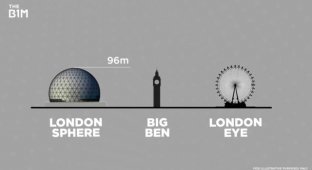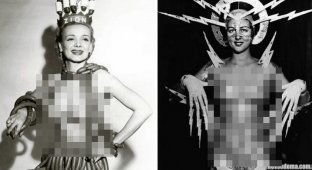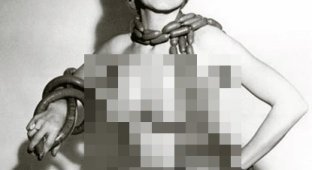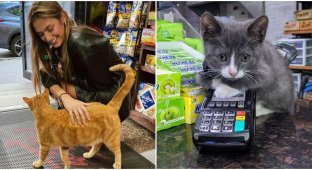How London's poor made a fortune from "cat meat" (4 photos)
But don’t be alarmed: this meat is not FROM cats, but FOR cats. And no less for dogs. 
London, 19th century. “Cats meat!” - shouts the street vendor. He will sell you a package with stinking pieces of bluish or greenish meat, or the same thing, but on wooden skewers. The price of this pleasure is just a couple of pennies.
Therefore, when these cries were heard on the streets of London, the animals did not hide in horror at all, but, on the contrary, licking their lips, ran towards the sound. 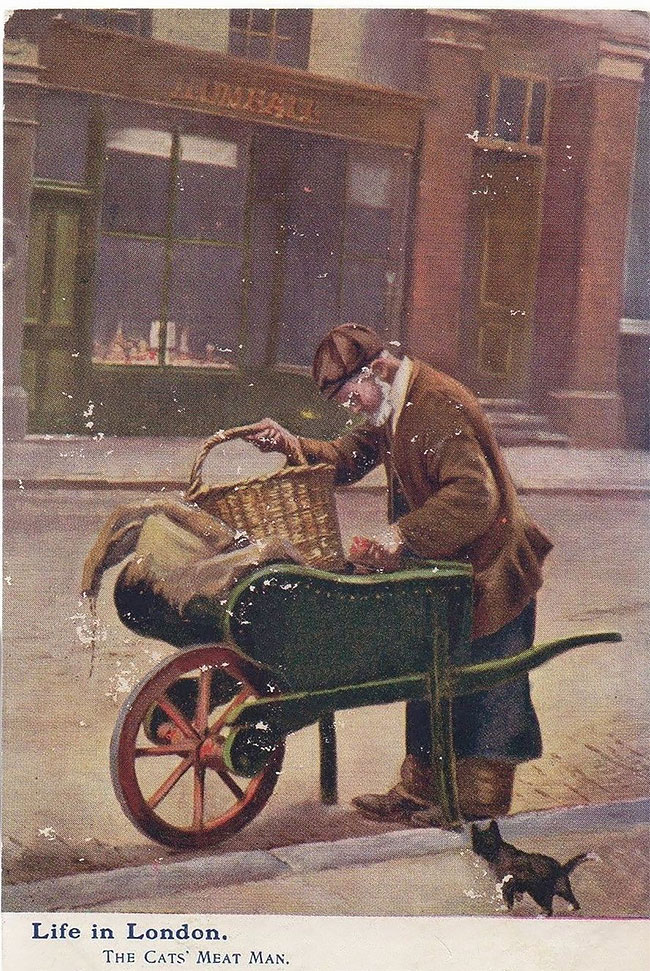
Cat meat seller. Source: Designyoutrust.com
A contemporary left a description of such a merchant.
If we take a walk in the morning in some quiet area, we are likely to meet an elderly gentleman in a shiny hat and a black plush vest, with his shirt sleeves rolled up to his armpits. He wears a rough blue apron and many neckerchiefs wrap around his bullish neck.
He rolls a small wheelbarrow in front of him, very similar to an ordinary gardener's wheelbarrow. It is filled with meat, some of which is cut into pieces and placed on wooden skewers, and some of which is left uncut in a coarse mass along with offal - which, of course, does not look very attractive, at least to the human appetite.
At the beginning of the 19th century, the industry of reselling inedible pieces of meat for animal feed flourished in London. Horses were a consumable resource, so hundreds died every day from hard work and disease.
Their meat was boiled in large cauldrons and then delivered to butchers. To prevent meat for cats and dogs from being sold under the guise of higher quality, it was painted with blue and green paint.
How to make a fortune from cat meat
Journalist Henry Mehew wrote in 1861 that you could quickly make a decent fortune in this business - and even described the business model. Meat, mostly horse meat, was bought for a penny per pound (450 g) and sold for 2.5 pence. In 1868, there were about a thousand such businessmen in the city. 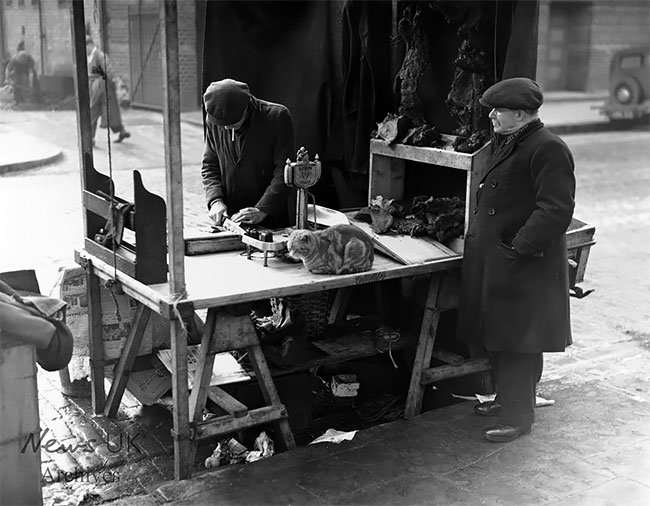
Cat meat seller. Source: Designyoutrust.com
The most successful carriers sold for 100 pounds per day, ordinary ones - 50. Net profit - from £0.75 to £1.5. Moreover, the initial investment is only £1-2. They spent it on a cart, a basket, a knife, and scales. And £1 in 1861 is about £152 today.
Demand was stable - according to data from 1868, there were about 300,000 cats in London (the population was about three million - one cat for every 10 people). And about 37,500 old horses were slaughtered per year.
The most successful traders retired after 10-20 years of work and bought large farms.
Disadvantages of this business
However, the craft was not so cloudless. It was carried out by the very bottom of society - slum dwellers who could not afford to invest in a business that needed something more than a simple cart. Mahew estimates that most of them were heavy drinkers and drank at least £1 a week, so saving was not easy. 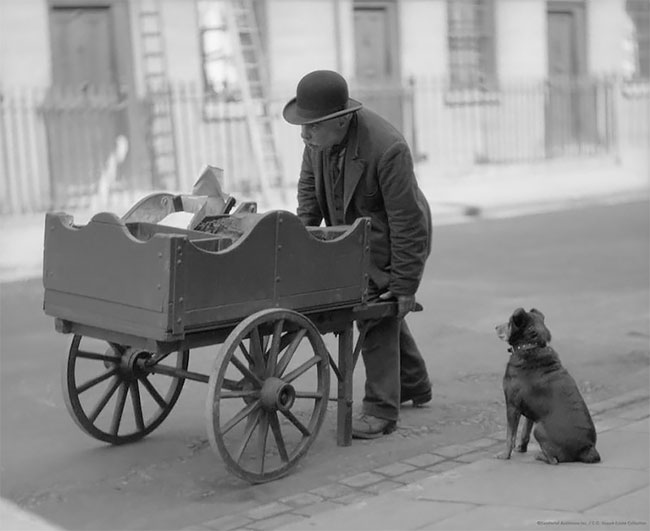
Cat meat seller. Source: Designyoutrust.com
Moreover, the work was very hard. To deliver meat to all customers, sellers often had to walk 30-40 km a day with a heavy cart. Many of them were elderly people, and at the end of the 19th century, women increasingly began to engage in this work.
Many sellers complained to the journalist that they often sell their goods on credit. The most problematic category of clients are old maids who quickly forget what they owe. One trader complained that customers were hopelessly in debt to him by about £20 (more than £3,000 at today's exchange rate).
At the same time, the competition was severe - sellers sometimes fought, including with knives. Sometimes even to death.
Well, another important disadvantage is stray dogs. They had no pennies, no respect for the merchant's personal space. But I really wanted to eat.
The cat and dog meat business languished in the early 1900s as automobiles drove horses out of most industries and the supply of cheap horse meat dried up.













